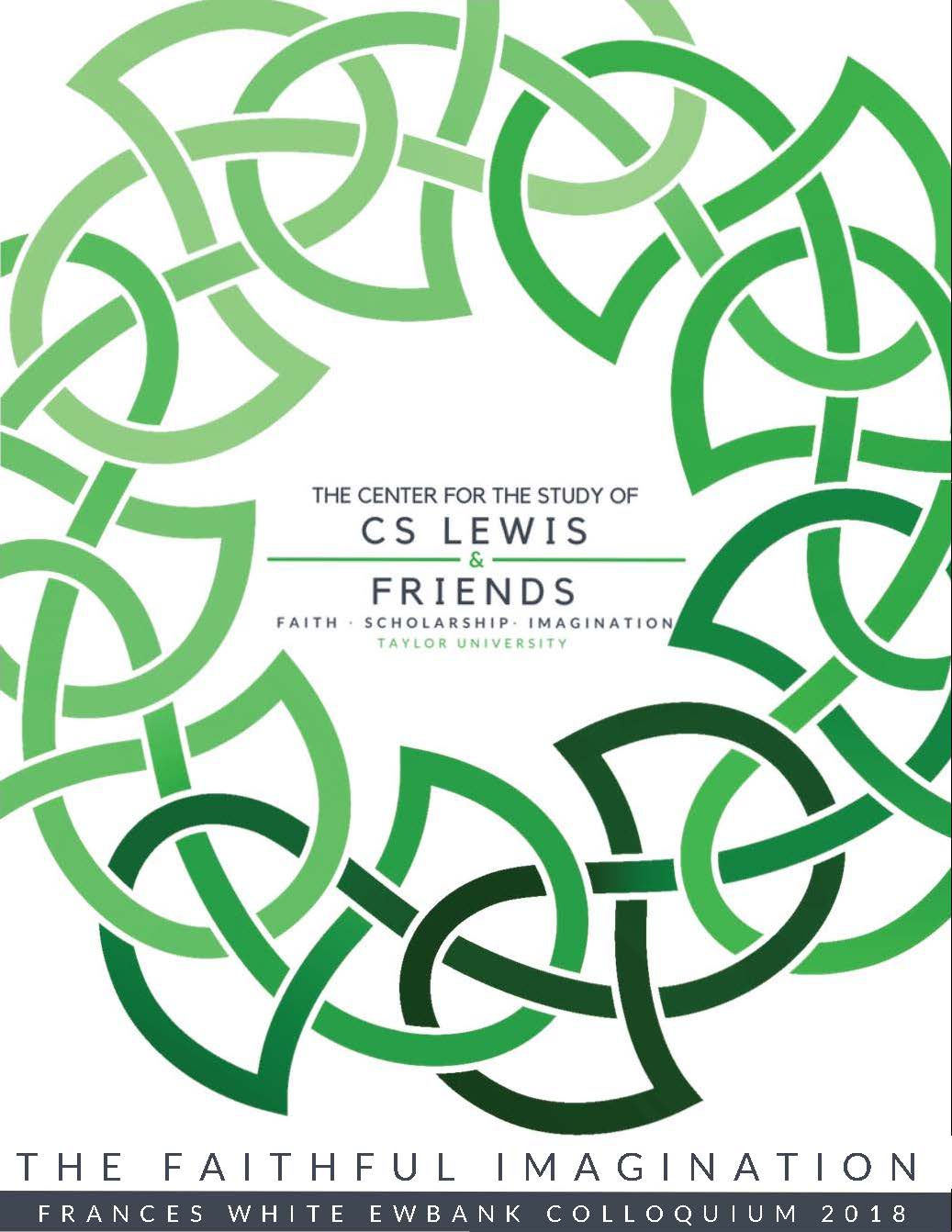Event Title
Concurrent Paper Session 6C: That Hideous Imagination
Location
Euler 118
Start Date
2-6-2018 10:45 AM
Description
"Through the Lens of The Four Loves: Love in That Hideous Strength - Paulette Sauders
It is my contention that when C. S. Lewis wrote his non-fiction book, The Four Loves, and published it in 1960, he had not simply been thinking about love in its various manifestations while writing the book. Instead, all of the fiction and non-fiction he wrote over the years, beginning in at least 1938, reflect his definitions and descriptions of the various kinds of love and their perversions that he systematically describes in The Four Loves. He demonstrates these types in his writings through his various characters and their actions. This essay will focus on That Hideous Strength in order to reveal the ways C. S. Lewis shows the reader the four kinds of love and their perversions.
"C.S. Lewis and Matrimony in That Hideous Strength" - Amanda Hawkins
"That Hideous Strength of 'The Inner Ring,' Dismantled by Deep Heaven" - Lindsay Panxhi
Lewis’s 1944 lecture “The Inner Ring” addressed the human tendency to pursue acceptance in exclusive groups. This talk, now included in The Weight of Glory, offers both a caution and a model for Christian scholars and students today. Lewis describes the human tendency, in virtually every system of education, government, or corporation, to form an exclusive inner ring of those “in the know,” with the power, respect, and envy of those outside. He cautions his listeners to avoid being consumed with the desire to gain admission to the Inner Ring, saying it can define one’s life and will never satisfy once attained. This paper will consider how the fictional characters of That Hideous Strength offer both warnings and models of how to respond to the influences of such intellectual circles. Lewis not only warns scholars and students to be aware of their own tendencies towards creating or pursuing acceptance in inner rings, but he offers a far more rewarding alternative rooted in the faithful imagination: the possibility of genuine friendship, forged through sound scholarship and the pursuit of the good.
Event Type
Paper
Concurrent Paper Session 6C: That Hideous Imagination
Euler 118
"Through the Lens of The Four Loves: Love in That Hideous Strength - Paulette Sauders
It is my contention that when C. S. Lewis wrote his non-fiction book, The Four Loves, and published it in 1960, he had not simply been thinking about love in its various manifestations while writing the book. Instead, all of the fiction and non-fiction he wrote over the years, beginning in at least 1938, reflect his definitions and descriptions of the various kinds of love and their perversions that he systematically describes in The Four Loves. He demonstrates these types in his writings through his various characters and their actions. This essay will focus on That Hideous Strength in order to reveal the ways C. S. Lewis shows the reader the four kinds of love and their perversions.
"C.S. Lewis and Matrimony in That Hideous Strength" - Amanda Hawkins
"That Hideous Strength of 'The Inner Ring,' Dismantled by Deep Heaven" - Lindsay Panxhi
Lewis’s 1944 lecture “The Inner Ring” addressed the human tendency to pursue acceptance in exclusive groups. This talk, now included in The Weight of Glory, offers both a caution and a model for Christian scholars and students today. Lewis describes the human tendency, in virtually every system of education, government, or corporation, to form an exclusive inner ring of those “in the know,” with the power, respect, and envy of those outside. He cautions his listeners to avoid being consumed with the desire to gain admission to the Inner Ring, saying it can define one’s life and will never satisfy once attained. This paper will consider how the fictional characters of That Hideous Strength offer both warnings and models of how to respond to the influences of such intellectual circles. Lewis not only warns scholars and students to be aware of their own tendencies towards creating or pursuing acceptance in inner rings, but he offers a far more rewarding alternative rooted in the faithful imagination: the possibility of genuine friendship, forged through sound scholarship and the pursuit of the good.


